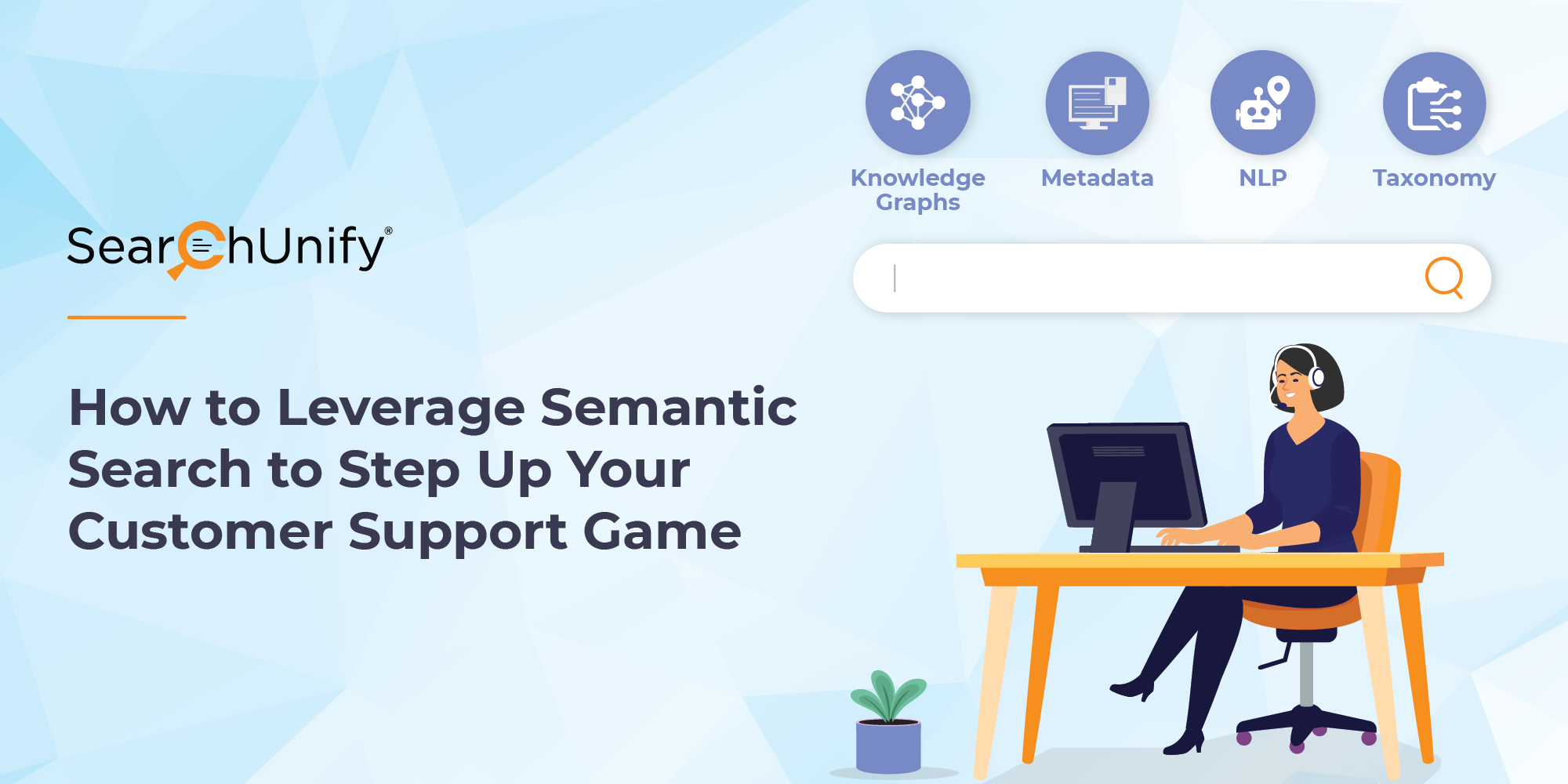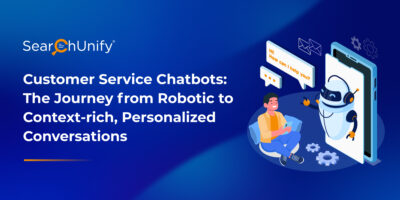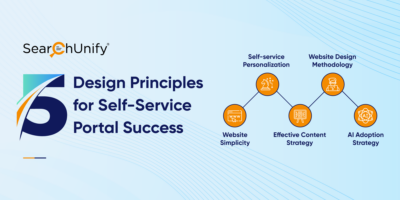
In our previous blog post, we briefed you about why implementing the algorithms of web search engines in the enterprise environment won’t work. If you missed out on it, then catch a glimpse of the same here.
In this blog post, we’ll walk you through how cognitive technologies work and how they power semantic search to deliver desired results. We’ll also touch upon the revolution caused by these solutions for the support use case. Let’s get rolling.
How Do Cognitive Search Engines Power Semantic Model?
There has been an exponential growth in AI applications and it goes beyond concrete search queries. Users have become accustomed to relevant answers in a jiffy; and not just that, they expect actionable insights as well to act upon in order to improve the overall search experience. After all, there’s no improvement without measurements.
According to the new IDC Spending Guide, the worldwide spending on Artificial Intelligence Systems will be nearly $98 Billion in 2023.
Such a massive growth in the demand of AI systems is predicted because they have left no stone unturned to mimic the human brain. Cognitive solutions essentially mimic the human brain to organize digital content using interrelated concepts and produce SERPs based on the contextual relevance and not just the occurrence of keyword frequency. Some of the most important concepts used by cognitive search engines to propagate semantic models are discussed below:
- Knowledge Graphs: Undoubtedly, knowledge graphs are the backbone of cognitive computing. By making explicit representations and relationships between entities while crawling the corpus, ML algorithms represent a domain’s knowledge in the form of knowledge graphs. They lie on top of your existing data sets to link all your data, be it structured or unstructured, and put it in context.
- Taxonomy and Ontology Management: Mapping knowledge graphs without ontology is not really possible because it serves as the data schema of the graph. The rules for interrelations between entities may be defined in taxonomy and ontology. Earlier, the taxonomies and ontologies were built manually, which made it a cumbersome process. However, with the pacing technology, you can nowadays embed both automated and manual taxonomies. For example, cognitive tools enable smart entity extraction, which further helps in seamless auto‑categorization of the content.
- Metadata: It is a subset of taxonomy. In layman’s terms, metadata is data about data. By summarizing basic information about a piece of content within an enterprise knowledge base, metadata makes findability and working with particular data instances easier.
- Natural Language Processing: Language is inherently ambiguous and in the digitized world, where there are minimal real‑life interactions, it becomes all the more difficult to understand intent and generate relevant results. Cognitive solutions leverage NLP to better understand the context and relations of all the words in a sentence. It also enables you to add synonyms, acronyms, corporate jargon, etc. in order to disambiguate the various meanings of ambiguous words and phrases.
How Do Semantic‑Powered Cognitive Tools Transform the Support Landscape?
According to a prediction by Dimension Data, 73% of users prefer to use a company’s website instead of social media, SMS or live chat. Sadly, 55% of them find it difficult to use self‑service portals.
It’s no secret that users nowadays prefer self‑service to human contact. However, not all self‑service channels are as easy to use as they should be. A bad self‑service experience puts the users off. Well, to overcome this challenge, you need to fix the prime pain point‑Findability. The type of search engine that is adopted by your portal highly influences the findability at your domain. If you incorporate traditional keyword‑based search engines, then chances are high that your users will be unhappy and frustrated. They fail to understand people’s natural language and the results are entirely based on the keyword occurrence and page rankings; therefore, one search leading to another and the process continuing forever.
If users struggle to find answers and self‑serve, then they are likely to contact support reps for further help. However, if your search engine or let’s say traditional keyword‑based search engine fails to provide a new breed search experience, then you are not just letting away your customers, but also killing your agents’ productivity and efficiency. Imagine the amount of inconvenience that is caused due to a non‑unified view of the enterprise knowledge. The mere thought of support reps switching between different consoles and applications to resolve case tickets is irksome.
This is where cognitive technology steps in. It gives you a unified, 360‑degree view of your knowledge base so that you don’t waste your time switching between consoles in order to find answers to your queries. As discussed before, they also channelize the power of NLP to produce contextual responses. Last but not least, cognitive solutions that come with virtual assistants are the best. Chatbots are the jewel in the crown of cognitive computing. They ensure scalable self‑service to your customers and a helping hand to your employees.
Want to Learn More About How Cognitive Technology Powers Semantic Models to Step up Your Support Game?
Here’s a comprehensive guide to semantic search and cognitive technology for you. Download it now to learn everything you need to know about semantic search, cognitive technology, and their role in improving your customer support initiatives.


















